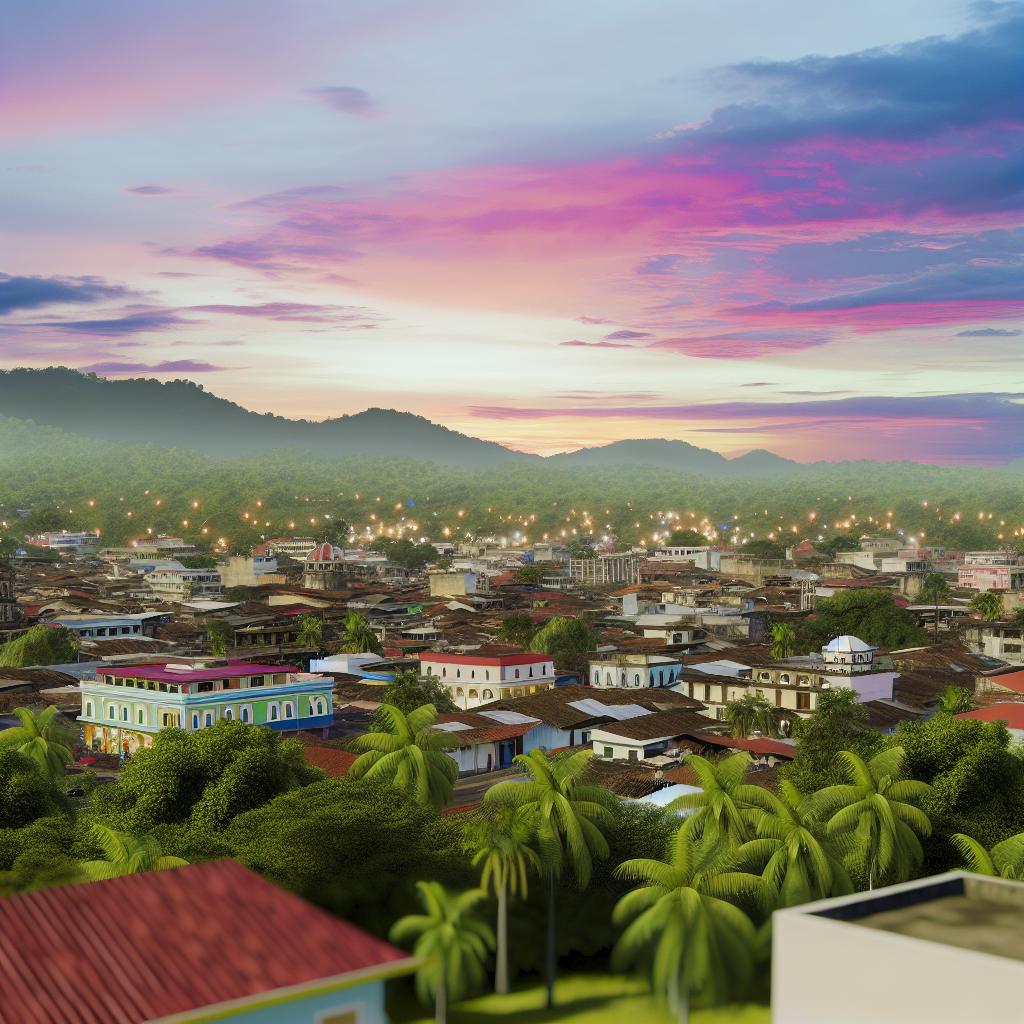Contents
Location and Overview
Retalhuleu, commonly known as “Reu,” is a key department situated in Guatemala’s southwestern region. This area finds itself bordered by Quetzaltenango to the north, Suchitepéquez to the east, the expansive Pacific Ocean to the south, and San Marcos to the west. Within this department lies its capital, also called Retalhuleu, which has become a pivotal center for both commerce and transportation. The city’s strategic location bolsters its role as a conduit for goods and people, establishing Retalhuleu as a significant nexus within Guatemala’s infrastructure.
Economic Activities
The economy of Retalhuleu is characterized by a heavy reliance on agriculture, which serves as the backbone of the department’s economic landscape. Sugarcane emerges as the predominant crop, flourishing in the region’s fertile lands. However, this is not to overshadow the cultivation of other important crops such as coffee, bananas, and cocoa, which also contribute significantly to the local economy. In recent years, a noticeable shift towards tourism has been observed. This comes as no surprise given Retalhuleu’s rich cultural tapestry and abundant natural attractions that hold the potential to draw visitors both from within Guatemala and from international locales.
Tourism and Cultural Attractions
Retalhuleu is endowed with a wealth of cultural and natural attractions, each holding the potential to captivate visitors and enrich their understanding of the region’s heritage.
Xetulul Theme Park: Nestled within Retalhuleu lies Xetulul, one of the largest amusement parks in Central America. It offers a plethora of rides and attractions catering to all age groups. But Xetulul is more than just an amusement park. It represents a microcosm of global landmarks, featuring replicas that provide an educational journey across continents. This amalgamation of entertainment and education makes it a prime destination for families and tourists seeking diverse experiences.
Tak’alik Ab’aj: This archaeological site holds immense historical significance as it beautifully illustrates the cultural exchanges between the Olmec and Maya civilizations. Tak’alik Ab’aj is a treasure trove of ancient artifacts, where visitors can witness an array of sculpted stones and altars that serve as a testament to the rich history embedded in the land.
IRTRA Hostales: Situated near Xetulul, these resort facilities offer a blend of accommodations, recreational activities, and relaxation options, making them an ideal choice for families and groups looking to unwind and explore.
Climate
The climate in Retalhuleu is predominantly tropical, featuring distinct wet and dry seasons. The wet season extends from May to October, characterized by heavy rainfall, while the dry season spans from November to April, offering a respite from the rains. This tropical climate not only supports the thriving agricultural industry but also sustains a rich, diverse ecosystem that is vital to the department’s economy and appeal.
Transportation and Accessibility
Retalhuleu’s accessibility is markedly enhanced by the Pan-American Highway, providing a direct link to major cities such as Guatemala City and Quetzaltenango. Within the department, transportation is facilitated through an intricate network of roads and public buses, ensuring that travel remains convenient for both residents and visitors. The presence of the nearby Reu Airport offers domestic flights, further connecting this region to other key locations in Guatemala, thereby enhancing its connectivity and appeal.
For further information or to plan a visit to Retalhuleu, resources such as Visit Guatemala offer detailed travel guides and a plethora of recommendations to navigate this vibrant region.
Impact of Earthquakes
Retalhuleu, like much of Guatemala, is no stranger to the geological activity that characterizes this region of Central America. Positioned along the Ring of Fire, a major area in the Pacific Ocean known for its seismic activity, Retalhuleu has been affected by earthquakes throughout its history. These natural events have occasionally disrupted the daily life of the communities residing here and have posed challenges to infrastructure and development.
The impact of earthquakes extends beyond immediate physical damage, often leaving long-term economic and social repercussions. Buildings, particularly older structures, are vulnerable to seismic activity, prompting the ongoing need for upgrades and adherence to specific architectural standards to minimize damage. The local government, alongside national authorities, has prioritized disaster preparedness and resilient construction practices to safeguard the populace and vital infrastructure against future seismic events.
Despite these challenges, the people of Retalhuleu display unwavering resilience. Communities come together in the wake of such disruptions to aid in recovery efforts, demonstrating a cohesive spirit that underscores the strong social fabric of this region. Initiatives focused on educating residents about earthquake readiness and response have also gained traction, emphasizing the need for continued vigilance and preparedness.
Efforts to fortify Retalhuleu’s resilience against earthquakes also extend to improving emergency services and resource distribution. By enhancing communication networks and ensuring efficient supply chains for essential goods, the department strives to minimize the impact of such natural events. As Retalhuleu progresses, it remains committed to fostering a safe and thriving environment for its residents and visitors, underscoring the importance of sustainable development in a region prone to seismic activity.
This focus on preparedness and resilience not only mitigates the risks associated with earthquakes but also positions Retalhuleu as a region that, despite its vulnerability, is ready to embrace the future with confidence and determination.
